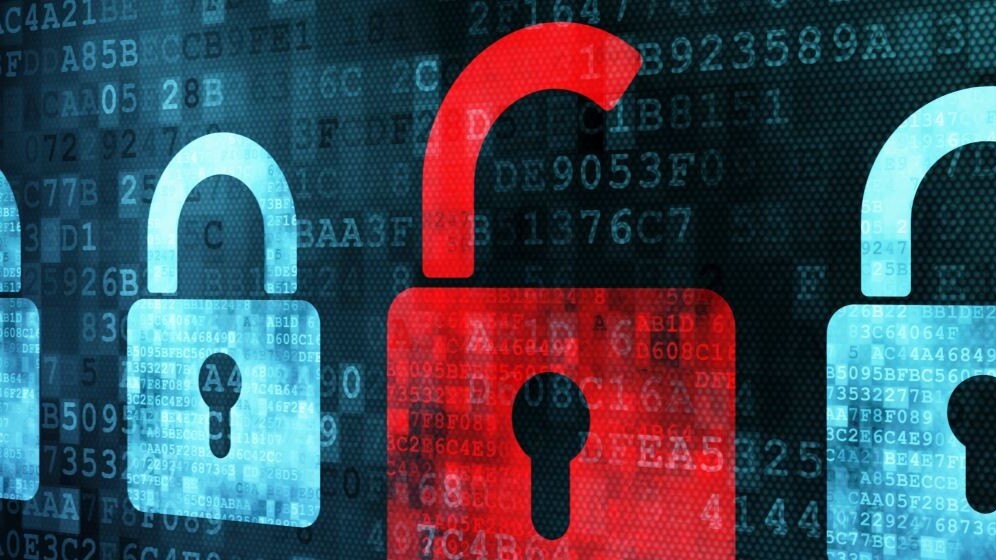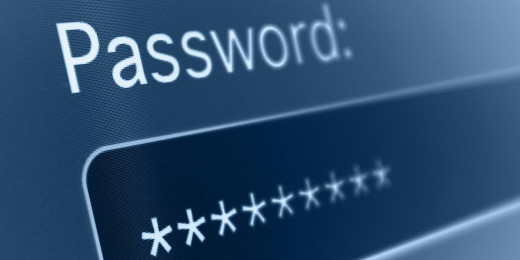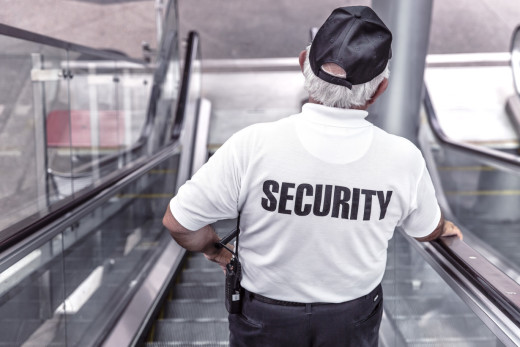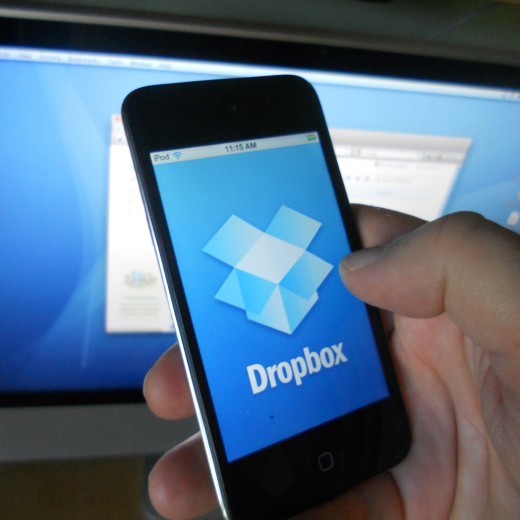
By: Kevin Shahbazi, CEO of LogMeOnce
How much time do you spend thinking about protecting your data? When was the last time you changed your passwords? If someone tried to hack into your organization or personal computer, would you know about it?
Unfortunately, most cyber attacks and data breaches go unnoticed… until it’s too late. And in today’s day and age of social media, mobile usage, and the internet-connected technology, it’s important to ensure you are fully protected.
So what can you do as a consumer to protect yourself? Here are six data security tips you can easily implement that are easy, affordable, and actually work.
1. Secure your phone with a passcode and set a timeout
Locking your phone and computer with a password or pin is an obvious, but often overlooked step in protecting your personal information. If someone gets a hold of your phone or computer, a passcode or pin locks them out from actually accessing anything.
You should be able to set up a four or six-digit PIN. After you set the screen lock on your device, set a timer so that you’re prompted to enter the PIN or passcode after a short period of inactivity.

Pro tip: In the case a hacker can unlock your pin, there are backup tools that gather the details of your hacker – even taking their picture –and notify you the second a hacker breaks into your account or into your device.
2. Sharing ISN’T caring
From your Netflix password to credit card numbers to naked photos, it’s convenient to share content online… but it also comes with tremendous risk.
Sharing your personal information through email or text makes you more vulnerable to attack since your accounts are accessible by more than one person.
Before you share something think twice. Make sure you trust the person you’re sharing the information with, and share sparingly. And when the person no longer needs the password, it should be updated immediately.
Pro tip: For the cost of roughly $1 a month, the best way to securely share data online is with a password manager such as 1Password, LogMeOnce, or Dashlane. A password manager will not only remember and fill in your password for you, it will also ensure you can keep track of who has access to what passwords and have the tools you need to easily update a password at any time.
3. Take two steps ahead
Two-step verification, also called two-factor authentication or 2FA, is becoming more and more popular today, and is proving to be an effective method to protecting your passwords.

Two-factor verification has two layers of security for optimum protection. It requires a password and username as well as something that only that user has access to, like a one-time code that gets sent to your phone, or your fingerprint.
You should enable two-factor authentication for services and apps like your email account or your password manager, as well as set it up to prompt you when taking certain actions on your smartphone like making a payment.
4. Always install updates
Operating systems and apps installed on your smartphones, computers and tablets don’t just push out updates to inconvenience you.
Companies are constantly updating their software with important patches for vulnerabilities, fixes for bugs and overall performance improvements. Install those updates as soon as you’re prompted so that you’re not risking your privacy or personal information.
5. Be cautious when using the cloud
Storing files has never been easier with the cloud. But by using cloud services like Dropbox you also increase your risks for theft and breaches.
Start by securing your data with a strong password that should include a random combination of letters, numbers and symbols. You should password-protect your entire Dropbox folder.

Enable two-step verification for an extra layer of security at login and encrypt your data and protect your files with Dropbox security advanced encryption. Be mindful of which of your third-party apps have permission to access your Dropbox. <
You should make an effort to review your account settings to learn the apps you’ve granted permission to and de-authorize the ones that aren’t absolutely essential.
6. Don’t share sensitive data when using public Wi-Fi
Whether you’re at Starbucks or the airport, free Wi-Fi is available almost everywhere you go these days.
Using open Wi-Fi is almost unavoidable, so if you’re going to connect to Wi-Fi when you’re on-the-go, know how to do it safely. Don’t access anything sensitive on open Wi-Fi like your bank account. If you absolutely have to, then change your password as soon as you’re on a trusted connection.
Turn off Wi-Fi when it’s not in use, so that you don’t accidentally connect to any available network. If you find yourself frequently using public Wi-Fi, you may want to invest in a VPN or Virtual Private Network. This prevents anyone from seeing what you’re doing on your network.
Read next: WhatsApp now supports end-to-end encryption for all your picture, voice and text messages
Get the TNW newsletter
Get the most important tech news in your inbox each week.




